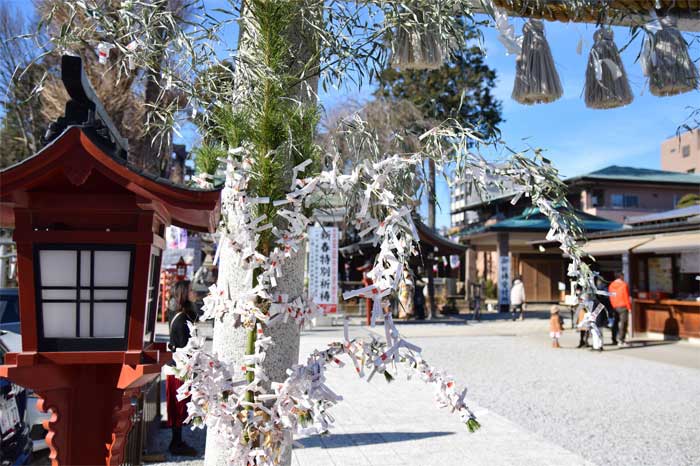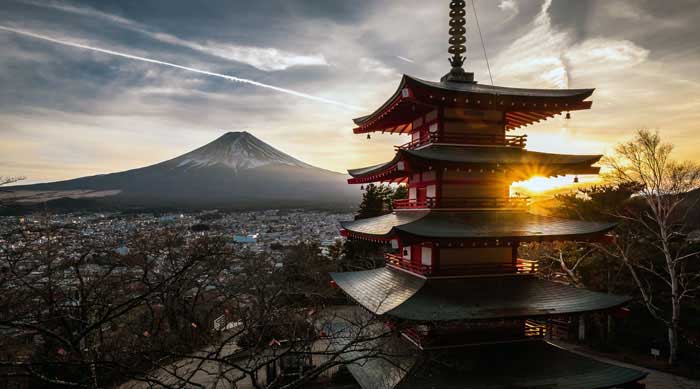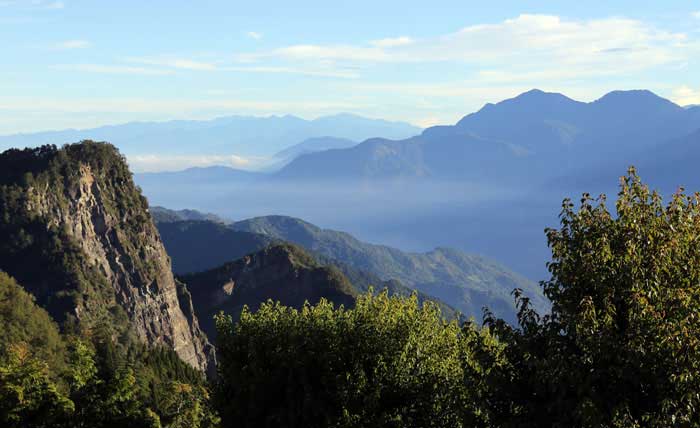Life in the land of the rising sun can be stressful but there are more to just mundane work. One of the best things about Japan is Hanami, or the cherry blossom period. During spring season, the weather is beautiful with the cherry blossoms within you sight along your travels. Japan has some of the most innovative Kit-Kat flavors and there are countless flavors to choose from namely Passionfruit, Matcha, Sakura or Spicy Citrus. Nighttime is unusually silent and calm where people return to their homes after 6pm. Japan dog breeds such as Shiba-Inu are cute and polite and friendly to strangers. Train efficiency in Japan is the best in the world where you can travel to any parts of Japan anytime.
The public parks have good facilities for exercising, for instance public gymnasium and running path. Japan has countless theme based dining option ranging from prison cell setting to school classroom. Romantic dining options are also common. Food in Japan is generally good in taste. Nomihodai is where alcohol drinkers can drink all they can within 2 hours for a fixed price. One is guaranteed to have an overhang with such great deal. Karaoke lounges are everywhere in the cities and you can sing your hearts out and enjoy the music with you close friends, all while drinking up.
Okonomiyaki is a pork based dished served with shrimp as well as cabbage. It is eaten together with awesome barbecue sauce. Some of the best Okonomiyaki can be found in Kasuya at Fukuoka Prefecture. There is a beautiful shrine called Dazaifu Tenmangu and is popular among students having major exams where they will pray for knowledge and wisdom. It is located in Kyushu. Plum blossoms are around the compound which gives a great view. During the Winter Equinox, women clad in ancient robes will perform a dance to entertain the guests. Japanese culture involved superstitions and there are many amulets and palm reading service for protection against bad luck. For those looking for honeymoon spots, be sure to check out the beautiful Kyoto. Small bars that shaped like a telephone booth can be found in Japan. Purikura is a photo booth vending machine where you get your picture taken and printed on a sticker against a backdrop of fancy colorful setting. There is the Village Vanguard where all kinds of Japanese merchandise are sold. In Japan festivals are common during summertime and it is just another day's common affair once you get settled in. Advertisement involving a giant doll manned by human in a suit can be seen in the streets of Japan and it is a common sight as well. Tipping for service is not a requirement in Japan compared to in the US, and service is fast and waters are ever friendly to accommodate any requests.
Kaitenzushi is the sushi place delivered by conveyor belt and you have to get used to self-service. The price is cheap due to limited staff on standby. Flying to other Asian countries can be a very cheap affair due to the various airlines serving all major Asian routes. Travelling in Japan involves a lot of walking and it is one of the best ways for experiencing the Japanese culture. Keep an open mind when in Japan where you will encounter strange phenomenons. Package delivery is fast and convenient and you can order anything online and have it delivered within days. Convenience stores or Konbinis are situated at every corner of the street that saves a ton of hassle if you need any last minute purchases. Cicadas roam the streets where these insects of the size of hummingbird will be filling the air with their buzzing melody. Kotatsu, or table heater are good devices for warming yourself during the chilly winter. Combine that with Nabe, a boiling hot soup and you will be the happiest person during the cold weather. Colleagues in Japan office often give food items to each other and are part of the Japanese hospitality. You can forge friendships from international citizens ranging from Australia to France and have the opportunity to have a globalized perspective over current issues. Friends will help you when you are in need no matter where you go and they prevent loneliness and culture shock.
Supermarket Jazz played via computers is a common feature in Japan. Fish is a staple food and you eat them even for breakfast. Onsen or hot spring baths are some of the best spots to wind down and socialize with close friends. Japan has unique seasons every year starting from the cherry blossom to plum rain seasons. Giant ancient castles are preserved and open to public for viewing makes Japan a hot spot among history buffs. In restaurants waters will serve wet-wipes instead of dry paper towels which is great. Game lovers would love to try out the famous game called Taiko Drum at the nearest arcades where you make loud musics during the gameplay. Night life in Japan is lively and you can stay late every day and can get home easily from the taxi services. Japan has many romantic spots for lovebirds, for instance the lantern filled street at Kyoto. Shrines are located at most random places, where you will encounter one just few blocks away. Finally there is this promotion going for 100 yen for 12 eggs which is a great deal for bargain hunters.




